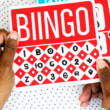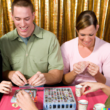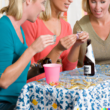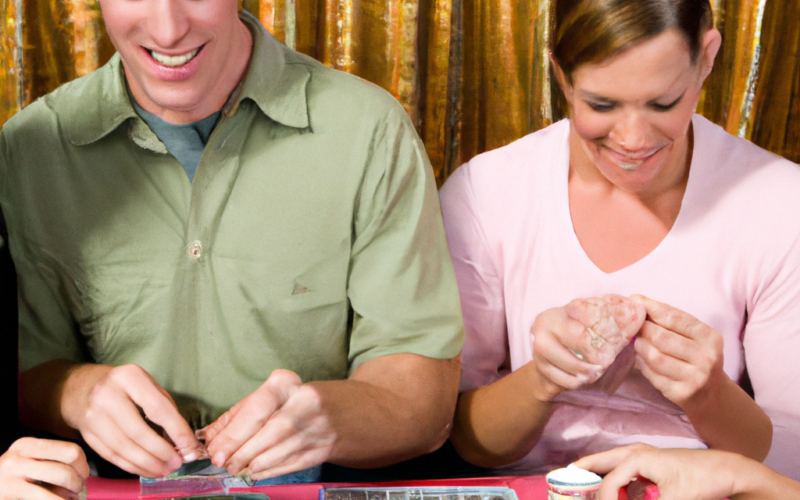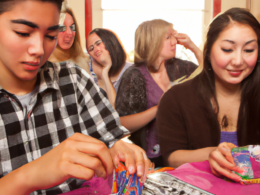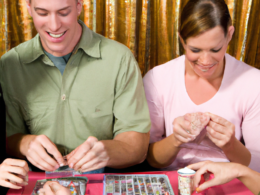The history of bingo can be traced back to medieval Ireland. There, monks would place balls of yarn on boards with numbers painted on them and call out different numbers, which would result in players taking turns picking up the balls and putting them in a container.
Bingo is said to have been created as a way to pass the time during long religious services. .
In 1881, George Vauxhall, a British engineer, created a game called “bingo” that used six panels with 25 numbers each. The object of the game was to cover all of the panels with numbers by calling out a specific number on each turn.
In 1932, Charles Darrow, an American lawyer and inventor, created a variation of bingo called “American Bingo.” The game used 12 panels with 60 numbers each and allowed players to pick up balls and put them in one or more specific spots on the board.
The first modern bingo tournament was held in 1938 in England. The event featured 128 players and earned £1,600 ($2,800 USD) for the winner.
Today, there are numerous variations of bingo games available, including online versions that are played around the world. The popularity of bingo has led to its incorporation into many different types of celebrations and events, including weddings and birthday parties.

